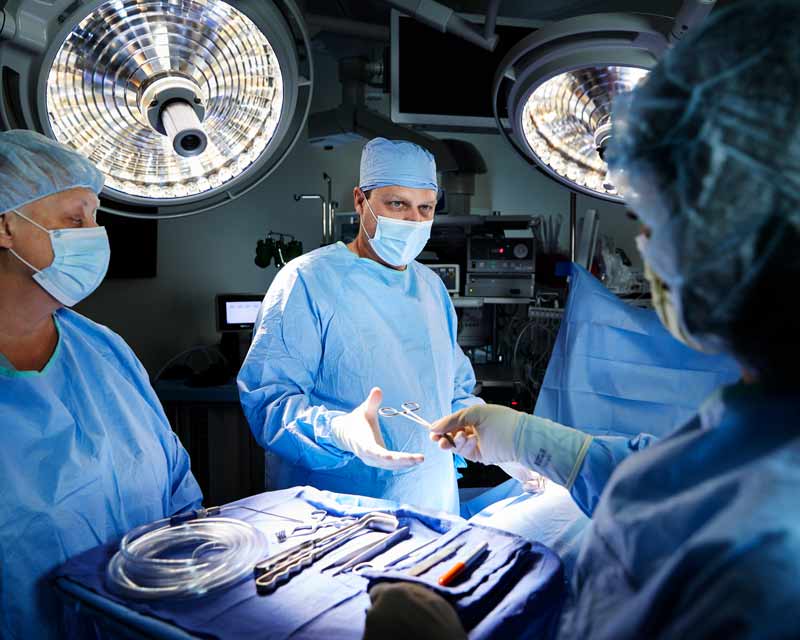
Comprehensive Esophageal Health Center opens with more convenient, streamlined care
 A physical therapy (PT) program developed specifically for abdominal hernia patients at The Ohio State University Wexner Medical Center could be especially beneficial for older patients — and a National Institutes of Health (NIH) grant is funding research at Ohio State to evaluate the benefits.
A physical therapy (PT) program developed specifically for abdominal hernia patients at The Ohio State University Wexner Medical Center could be especially beneficial for older patients — and a National Institutes of Health (NIH) grant is funding research at Ohio State to evaluate the benefits.
Hernia repair is one of the most common surgeries in the United States, with more than a million procedures performed each year. With safer and less invasive surgical options than in years past, hernia repair is now an option even in elderly patients, and the benefits easily outweigh the risks. However, ensuring these older patients can fully recover and function after surgery is critical and can be challenging.
A physical therapy program developed at the Ohio State Wexner Medical Center focuses on the abdominal wall and could benefit anyone undergoing abdominal surgery for hernia repair — but Courtney Collins, MD, is especially hopeful that it could help elderly patients. Collins is the first member of Ohio State’s Division of General and Gastrointestinal Surgery to receive NIH funding for a clinical trial.
“We’re using a national database to study the relationship of age and frailty to functional outcomes after hernia surgery, and then we’re looking at how effective this abdominal wall physical therapy program is for patients that are over 65,” Collins says. “It’s exciting because it could give us a better idea of how to treat this large and important population to get the best possible outcomes for one of our most common elective surgeries. Most research in hernia repair outcomes has focused on infections or length of stay, and we really need more information on improving quality of life after surgery.”
Ideally, physical therapy should start before surgery, but the reality is that hernia repair often needs to happen shortly after diagnosis. Patients at the Ohio State Wexner Medical Center receive guidance about exercises they can do on their own before surgery. Afterward, the physical therapy program designed for hernia repair patients takes about three months, depending on the patient’s condition and other factors.
The NIH study will track several measures to see whether the PT program helps patients recover function more effectively. If so, the knowledge could be applied to help patients receiving other kinds of abdominal surgery as well.
“Orthopedics has made effective use of physical therapy, so we’re kind of applying the same concept,” Collins says. “If you’re having abdominal surgery, it makes sense to use and strengthen those muscles before and after surgery to help improve function.”
For her, it’s part of a bigger commitment to improve quality of life and care for older people and the elderly as this population keeps growing.
“Just a few years ago, we would have been hesitant to offer hernia repair to someone in their 70s or 80s, but now we’re finding out that a lot of these patients are fine to get surgery,” she says. “My grandfather lived to be 100, so my main research interest is figuring out how to take better care of these patients, and improving outcomes after hernia repair is one way we can do that.”